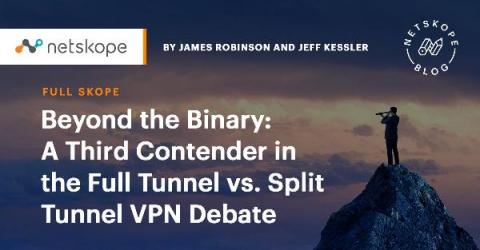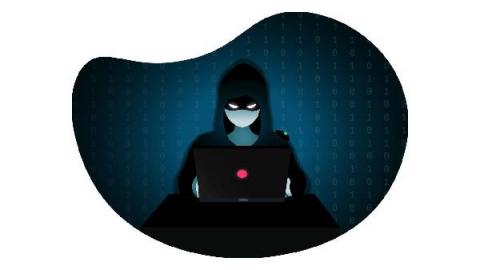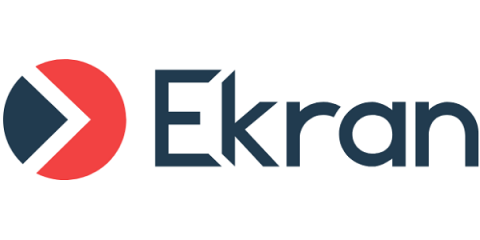Security | Threat Detection | Cyberattacks | DevSecOps | Compliance
Latest News
Beyond the Binary: A Third Contender in the Full Tunnel vs. Split Tunnel VPN Debate
Co-authored by James Robinson and Jeff Kessler As rapidly as wide-area networking (WAN) and remote access strategies with associated technologies are changing, we’re always surprised by the amount of time some security professionals and auditors dedicate to the either/or debate between split tunnel and full tunnel connectivity.
Anatomy of a Cloud Infrastructure Attack via a Pull Request
In April 2021, I discovered an attack vector that could allow a malicious Pull Request to a Github repository to gain access to our production environment. Open source companies like us, or anyone else who accepts external contributions, are especially vulnerable to this. For the eager, the attack works by pivoting from a Kubernetes worker pod to the node itself, and from there exfiltrating credentials from the CI/CD system.
Partnerships - The Key to Navigating the Industrial Security Landscape
The events of 2020 helped to accelerate the convergence between information technology (IT) and operational technology (OT) for many organizations. As reported by Help Net Security, for instance, two-thirds of IT and OT security professionals said in a 2020 survey that their IT and OT networks had become more interconnected in the wake of the pandemic.
To Detect or Not to Detect, Is that the Question?
Tripwire Enterprise (TE) is at its heart a baselining engine. It’s been built to take information, create a baseline of it, and show when that baseline has changed. (It’s called a “version” in TE terms.) TE starts with a baseline version designated by an organization’s security teams. At some point, a change version with new information (file, registry entry, RSoP, command output, or data captured in some other way) emerges.
What is the California Privacy Rights Act (CPRA) 2020 and how does it compare to the CCPA?
The California Privacy Rights Act (CPRA) is an extension of the 2018 California Consumer Privacy Act (CCPA). The goal of both laws is to enhance the privacy rights of California residents with regards to the personal information that companies collect about them, giving them the right to see, delete and limit the sale of that data. The CPRA will be fully implemented in mid-2023. In this article, we will take a close look at the provisions of CPRA and how it amends the CCPA.
Opportunistic Attackers: Who Are They and How Can You Deter Them?
What Is SIEM?
Technology companies love abbreviations and acronyms. Starting with what’s probably the original tech company, International Business Machines (better known as IBM), initials, abbreviations and acronyms continue to dominate the personal computer (PC), telecommunications (telco), security operations (SecOps), and many other tech industries.
What are bots costing telecommunications companies?
Netacea recently surveyed 440 businesses from across the USA and UK to understand how much financial impact bot attacks are having across different industries. Read the full results in our report: The Bot Management Review: What Are Bots Costing Your Business?
ASOC series part 3: How to improve AppSec accountability with application security orchestration and correlation
Accountability is essential for AppSec analysts, managers, and CISOs. Learn how ASOC tools bring the visibility and transparency required. We have already discussed how application security orchestration and correlation (ASOC) makes the AppSec process more efficient and scalable. In this final post in our ASOC series, we will demonstrate how ASOC tools bring accountability to both the technical and business sides of application security.










